
Ugh. “Data Monetization” a term that seems to confuse so many folks (probably thanks to me). When most folks hear the phrase “data monetization”, they immediately think of “selling” their data. And while there are some situations in which some organizations can successfully sell their data, there are actually more powerful, more common, and less risky ways for ANY organization to monetize or derive business / economics value from their data.
I’ve thought of 4 ways that organizations could monetize their data, and there are probably more. Let’s review them.
Data Monetization #1: Selling Your Data
There are organizations whose business model is based on selling third-party data[1]. Nielsen, Acxiom, Experian, Equifax and CoreLogic are companies whose business is the acquisition, aggregation, packaging, marketing, and selling of third-party data. For example, Figure 1 shows the personal data that one can buy from Acxiom.
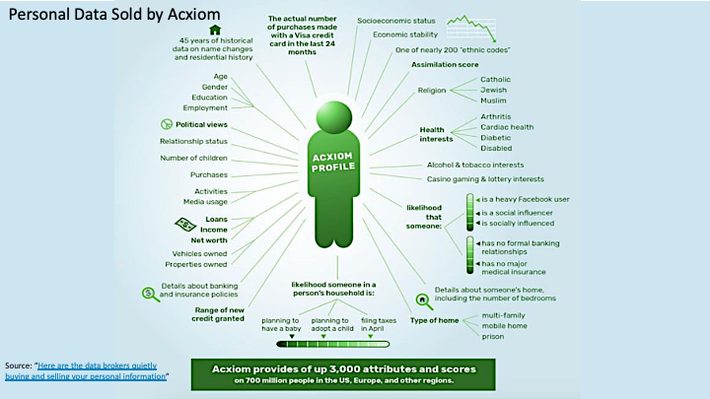
Figure 1: Source: “Here are the data brokers quietly buying and selling your personal …”
Selling data requires dedicated technical and business organizations to acquire, cleanse, align, package, market, sell, support, and manage the third-party data for external consumption. And there is a myriad of growing legal, privacy and ethical concerns to navigate, so a sizable legal team is also advised.
Data Monetization #2: Exchanging Your Data
Some organizations can monetize their data by creating data services that facilitate the exchange of their data for something of value from other organizations. Walmart’s Retail Link® is an example of this sort of “data monetization through exchange.”
Walmart’s Retail Link® exchanges (for a price) Walmart’s point-of-sales (POS) data with its Consumer Packaged Goods (CPG) manufacturing partners such as Procter & Gamble, PepsiCo, and Unilever. Retail Link provides the CPG manufacturers access to that manufacturer’s specific product sell-through data by SKU, by hour, by store as well as inventory on-hand, gross margin achieved, inventory turns, in-stock percentages, and Gross Margin Return on Inventory Investment (Figure 2).
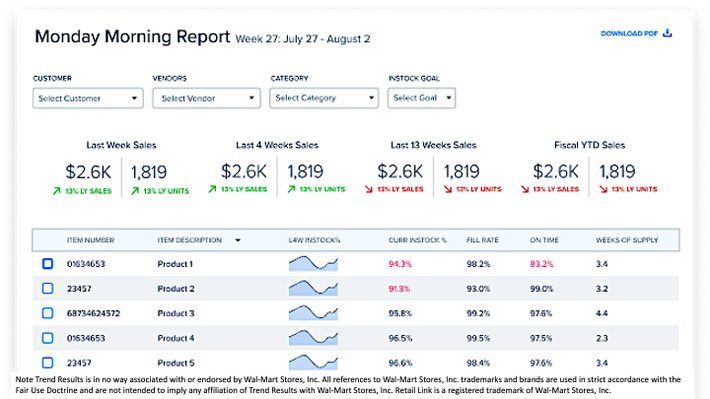
Figure 2: Sample report courtesy of Trend Results[2]
Unfortunately, not all organizations have the clout and financial and technology resources of a Walmart to dictate this sort of relationship. Plus, Walmart invests a significant amount of time, money, and people resources to develop, support, and upgrade Retail Link. In that aspect, Walmart looks and behaves like an enterprise software vendor.
But for organizations that lack the clout, finances, and technology expertise of a Walmart, there are other more profitable, less risky “monetization” options.
Data Monetization #3: Internal Use Case Optimization – Insights Monetization
Probably the most common way for organizations to monetize or derive value from their data is in the application of their data to optimize the organization’s most important business and operational use cases. And the funny thing here is that it isn’t really the data that one uses to monetize an organization’s internal use cases, it’s actually the customer, product, and operational insights that is used to optimize these use cases.
Insights Monetization is about leveraging the customer, product, and operational insights (predicted behavioral and performance propensities) buried in your data sources to optimize and/or reengineer key business and operational processes, mitigate (compliance, regulatory, and business) risks, create new revenue opportunities (such new products, services, audiences, channels, markets, partnerships, consumption models, etc.), and construct a more compelling, differentiated customer experience (Figure 3).
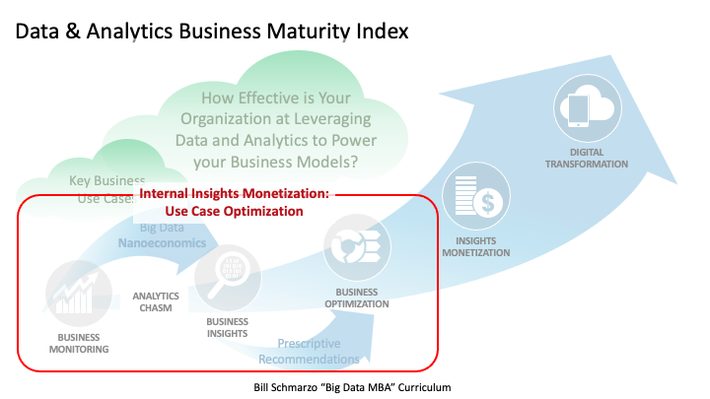
Figure 3: Data Monetization through Internal Use Case Optimization
To apply “Insights” to drive internal Use Case Optimization requires some key concepts:
(1) Nanoeconomics. Nanoeconomics is the economics of individualized human and/or device predicted behavioral or performance propensities. Nanoeconomics helps organizations transition from overly generalized decisions based upon averages to precision decisions based upon the predicted propensities, patterns, and trends of individual humans or devices.
(2) Analytic Profiles provide an asset model for capturing and codifying the organization’s customer, product, and operational analytic insights in a way that facilities the sharing and refinement of those analytic insights across multiple use cases. An Analytic Profile captures metrics, predictive indicators, segments, analytic scores, and business rules that codify the behaviors, preferences, propensities, inclinations, tendencies, interests, associations, and affiliations for the organization’s key business entities such as customers, patients, students, athletes, jet engines, cars, locomotives, CAT scanners, and wind turbines (Figure 4).
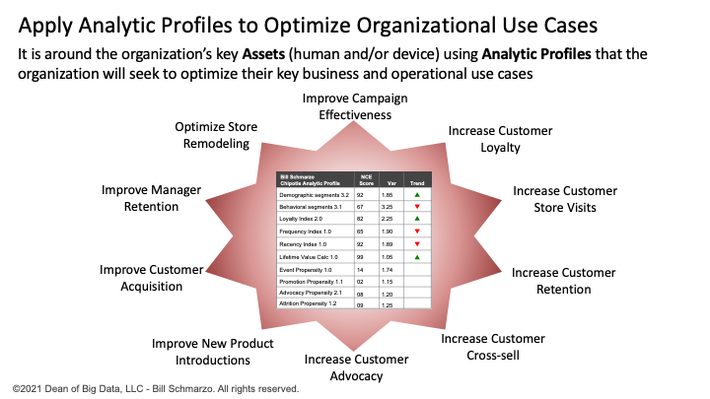
Figure 4: Analytic Profiles
(3) Use Cases are comprised of Decisions clustered around a common Key Performance Indicator (KPI) where Decisions are a conclusion or resolution reached after analysis that leads to an informed action. Sample use cases include reduce customer attrition, improve operational uptime, and optimize asset utilization. Analytic Profiles are used to optimize the organization’s top priority use cases.
See the blog “Costs of Being an Analytics Laggard¦And Path to Becoming a Leader” for more details on the integration of Nanoeconomics, Analytic Profiles, and Use Cases to drive the organization’s internal Insights Monetization efforts.
Monetization #4: External Insights Monetization – Data Products
Finally, some organizations are fortunate to have a broad overview of their market. They know what products or services are hot, which ones are in decline, and who is buying and not buying those products or services, and what sorts of marketing and actions works best for driving engagement. For those organizations, there is a fourth way to monetize their data “by packaging and selling decisions” in the form of Data Products to their customers, partners, and suppliers (Figure 4).
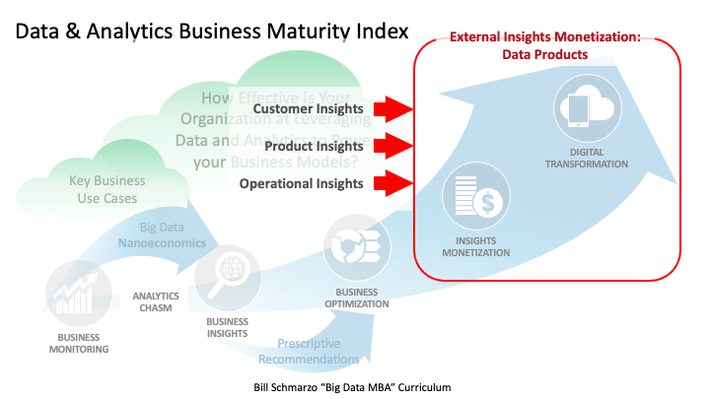
Figure 5: Data Monetization thru Selling “Decisions” via Data Products
Instead of just selling or exchanging data with your partners and suppliers, these organizations leverage their broader market perspective to build data products that help their customers, partners, and suppliers optimize their key business and operational decisions in areas such as:
- Demand Planning
- Inventory Management
- Logistics Optimization
- Campaign Marketing
- New Product Introductions
- Customer Retention
To sell Data Products requires an intimate understanding of your partners and suppliers’ business models and the key decisions that they trying to make.
For example, a large digital media company has enough customer, product, and operational insights across its ad network to help their customers and business partners (ad agencies) make better decisions in the areas of ad placement, day-parting, audience targeting and retargeting, and keyword bidding. The digital media company could build a data product that delivers operational recommendations that optimize their customers’ and business partners’ digital marketing spend (Figure 6).
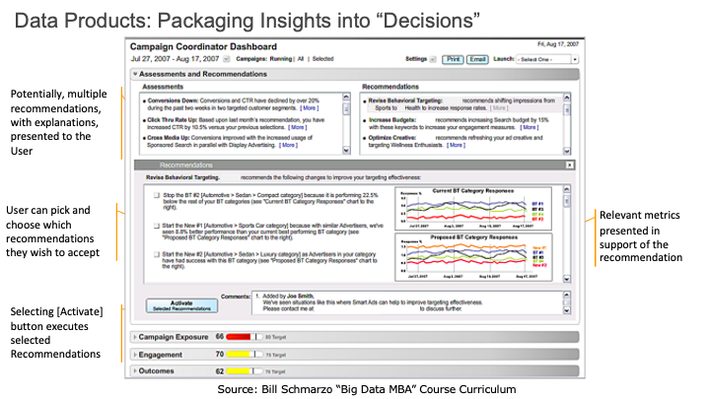
Figure 6: Packaging and Selling Decisions
Any organization that has a broad view of a market (think OpenTable and GrubHub for restaurants, Fandango for movies, Travelocity or Orbitz for travel and entertainment) could build such a data product for their customers, industry partners, and suppliers.
Data Monetization Summary
Don’t miss the boat on Data Monetization. Focusing just on trying to sell your data is not practical for the vast majority of companies whose business model is not in the acquisition, aggregation, selling, and supporting of third-party data sources. And creating “data exchanges” really only works if your organization has enough industry market share and clout to dictate the terms and conditions of these sorts of relationships.
However, any organization can monetize their customer, product, and operational insights. The easiest is in the application of these insights to optimize the organization’s internal use cases. And organizations can go one step further and build data products that package these insights into recommendations that support their partners’ and suppliers’ most important business decisions (Figure 7).
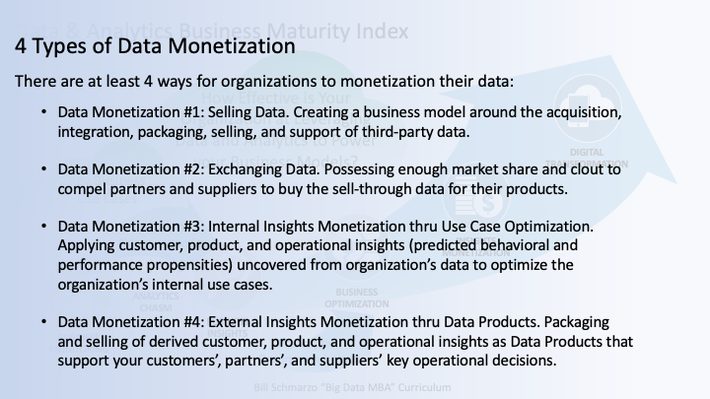
Figure 7: 4 Types of Data Monetization
Best of luck on your data monetization journey!
[1] Third-party data is any data that is collected by an entity that does not have a direct relationship with the user whose data is being collected
[2] Trend Results is in no way associated with or endorsed by Wal-Mart Stores, Inc. All references to Wal-Mart Stores, Inc. trademarks and brands are used in strict accordance with the Fair Use Doctrine and are not intended to imply any affiliation of Trend Results with Wal-Mart Stores, Inc. Retail Link is a registered trademark of Wal-Mart Stores, Inc.
